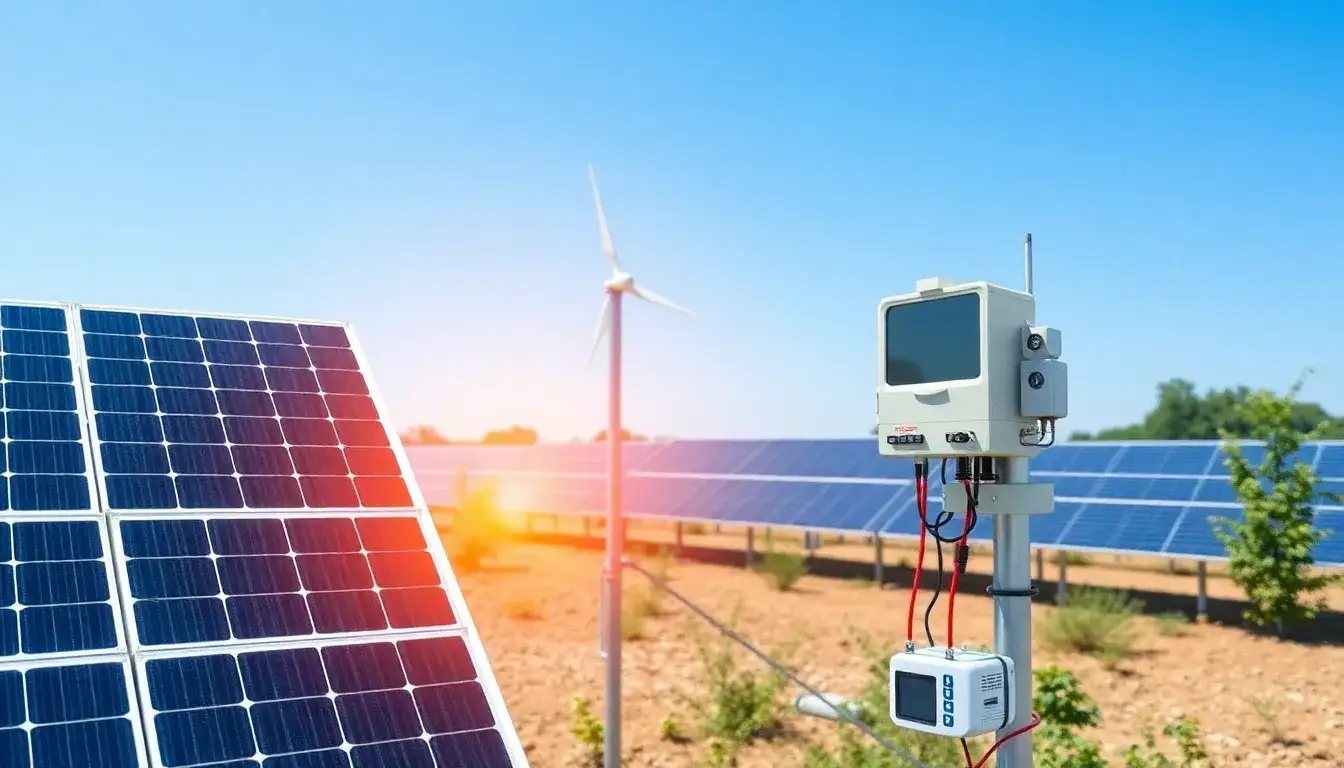
Distributed Photovoltaic Weather Stations: Enhancing Efficient Operations and Scientific Planning for Solar Power Plants
Distributed photovoltaic weather stations are specially designed to support solar power plants. These high-tech devices integrate multiple functions for collecting meteorological parameters, enabling real-time and accurate measurement of essential data such as wind direction, wind speed, atmospheric temperature, atmospheric humidity, total solar radiation, and the temperature of solar panel components.
The advantages of these weather stations are significant. Firstly, they have a large data storage capacity, allowing for the long-term accumulation of valuable meteorological data, which serves as a rich “data repository” for the scientific planning of solar power plants. Secondly, these stations operate stably and reliably, ensuring continuous and accurate data collection that provides strong support for the operation and maintenance management of the power plants.
In terms of functionality, distributed photovoltaic weather stations analyze the impact of varying meteorological conditions across different seasons and years on electricity generation. This analysis aids power plants in scheduling maintenance plans effectively. For instance, by examining data on sunlight intensity and temperature fluctuations, power plants can determine the optimal cleaning intervals for their equipment, ensuring that photovoltaic modules consistently operate at peak efficiency. This not only enhances the power generation efficiency of the plants but also reduces operational and maintenance costs, injecting new vitality into the sustainable development of the solar energy sector.
Special Note: The content above (including images or videos, if any) has been uploaded and published by a user of the NetEase Hao platform, which only provides information storage services.







